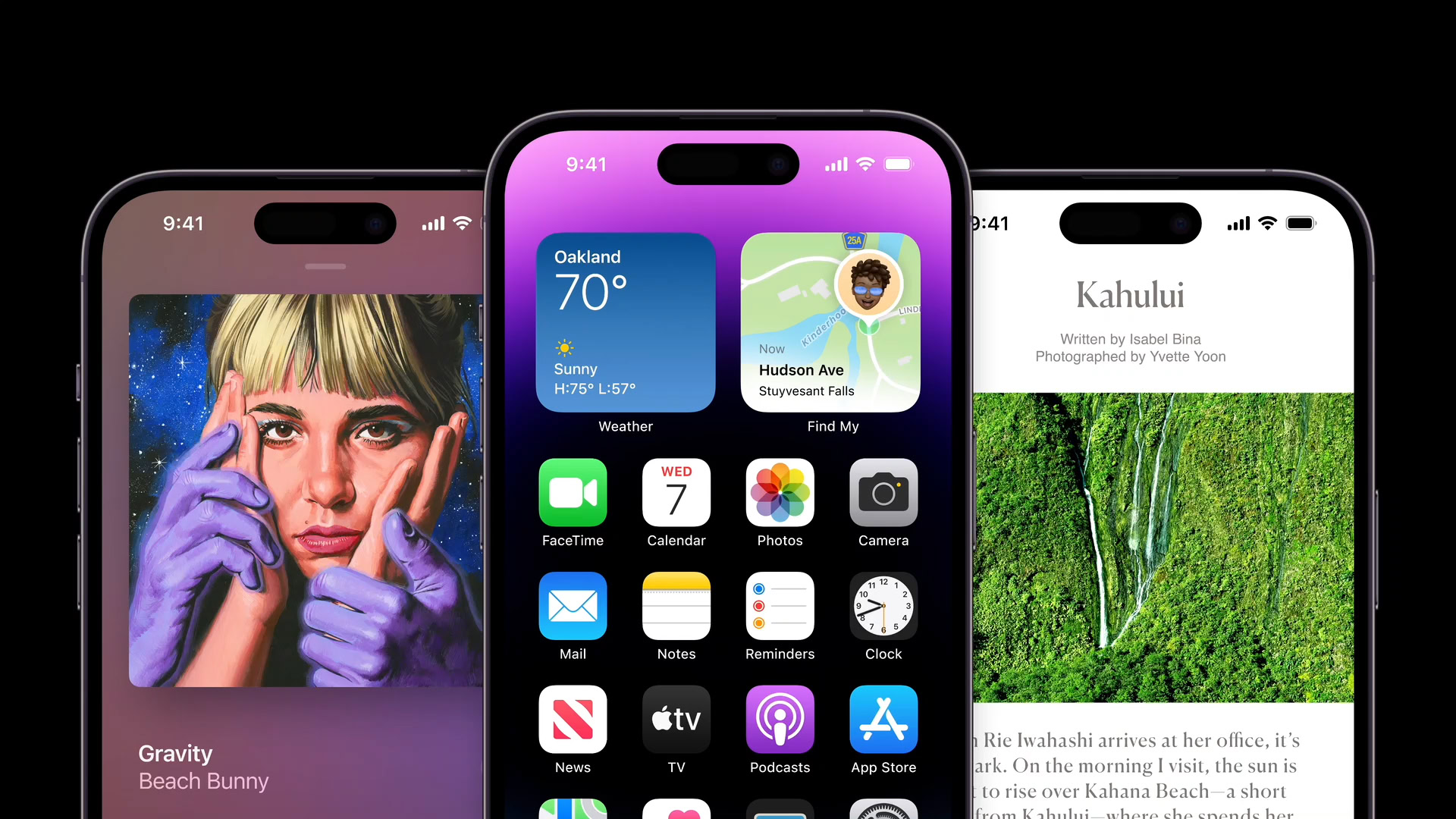Affiliate links on Android Authority may earn us a commission. Learn more.
Why doesn't Android have this iPhone always-on display feature?
Published onSeptember 12, 2022

- The always-on display on iPhone 14 Pro and Pro Max will automatically turn off when a user walks out of the room with their Apple Watch.
- The feature went unmentioned during Apple’s “Far Out” and isn’t mentioned on its website.
After a number of generations, Apple finally caught up to Android and gave the iPhone always-on display functionality. However, in addition to giving its device always-on capabilities, Apple also gave its phone the ability to turn off the screen when users walk out of the room.
Last week’s “Far Out” event revealed Apple’s latest smartphone — the iPhone 14. During the reveal, the company listed off a variety of features that will be available on the iPhone 14 Pro and iPhone 14 Pro Max, including always-on functionality. While this feature is nothing new to Android owners, Apple has done something with the function that Android should probably adopt.
While attending the event at Steve Jobs Theater, German YouTuber Felixba, had some hands-on time with the newly announced products. According to Felixba, if a user enables the iPhone’s always-on display, pairs their Apple watch with the iPhone 14 Pro or Pro Max, and leaves the room, the device will automatically disable the always-on display and turn off the screen.
It seems that the iPhone 14 Pro and Pro Max could be using proximity data from the watch to determine how far away the user is. If the user reaches a certain distance, it will trigger the off switch. This would go along with the many other battery-saving features the company put into its latest generation devices, like the iPhone 14 Pro and Pro Max’s energy-efficient OLED panel and variable refresh rate that goes all the way down to 1Hz.
The interesting thing here is that this useful ability went surprisingly unannounced during Apple’s event. It also isn’t mentioned anywhere on Apple’s website.
This seems like it would be a pretty useful feature for Android devices. We hope Google will take notice and include this functionality in a future update.